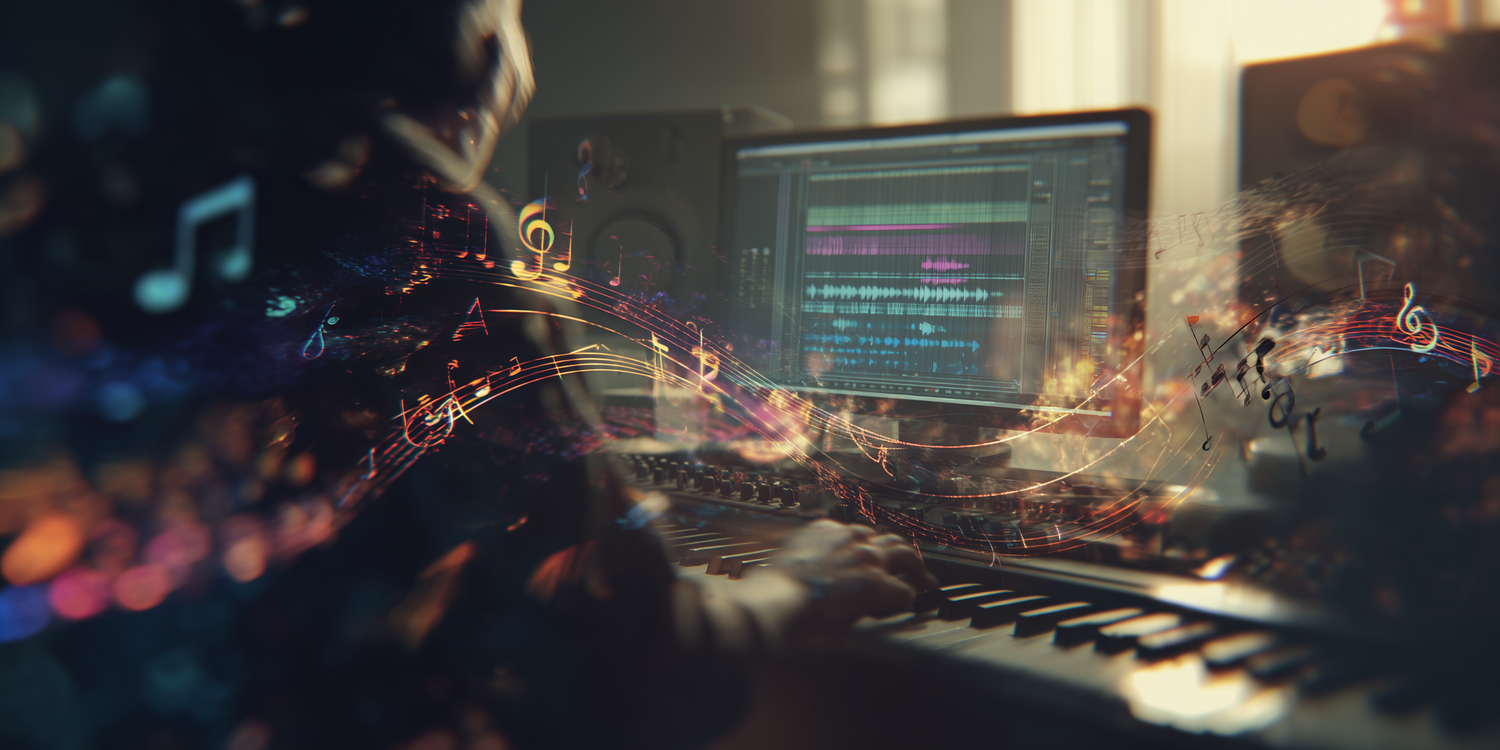
Crafting the Perfect Rap Vocal Chain: A Producer's Guide
Share
Crafting the Perfect Rap Vocal Chain: A Producer's Guide

When it comes to producing rap music, nailing the vocal chain is crucial for achieving a clean, powerful, and expressive vocal performance. A vocal chain refers to the series of audio processing steps that your vocal signal passes through, from the microphone to the final mix. Here's a comprehensive guide to creating the best vocal chain for rap vocals.
1. Start with a Quality Microphone
Your vocal chain starts with the microphone. A large-diaphragm condenser microphone is generally preferred for its sensitivity and wide frequency response. The Shure SM7B and the Neumann U87 are popular choices among rap artists for their ability to capture the nuances of the performance.
2. Preamp and Gain Staging
After capturing the sound, the signal travels through a preamp. The preamp's role is to boost the microphone's low-level signal to a line-level signal. A preamp like the Universal Audio 610 or the Neve 1073 adds warmth and character to the vocals. Proper gain staging is essential, ensuring the signal is strong but not clipping.
3. Compression
Compression is vital in a rap vocal chain. It evens out the dynamic range, making sure that every word is heard clearly. An 1176 or LA-2A compressor can provide a smooth, consistent level for the rap vocals. Use a moderate ratio and adjust the threshold so that the compressor activates during the louder parts of the performance.
4. EQ
Equalization (EQ) helps in sculpting the vocal tone. A high-pass filter can eliminate unwanted low frequencies. Add clarity by boosting the high-mids slightly, and if needed, cut some of the muddiness around 200-500 Hz. The Maag EQ4 is famous for its 'Air Band' that adds a silky brightness to vocals.
5. De-Essing
Sibilance can be harsh in rap vocals, so a de-esser is used to tame those 's' and 't' sounds. Set the de-esser to target the problematic frequency range and adjust the threshold so it reduces sibilance without affecting the vocal's naturalness.
6. Saturation
Adding a bit of saturation can introduce some harmonic content, making the vocal sound fuller and warmer. A plugin like the Soundtoys Decapitator or the FabFilter Saturn can be used subtly to achieve this effect.
7. Reverb and Delay
Reverb and delay are used to create space and depth in the mix. For rap vocals, a short, plate reverb can add dimension without washing out the vocals. Delays can be timed with the tempo of the track to add rhythm and interest. Use them sparingly and consider side-chaining the reverb and delay sends to the vocal track to keep them from overwhelming the lyrics.
8. Final Touches
Lastly, automation can be used to manually adjust the levels of certain phrases or words, ensuring the vocal sits perfectly in the mix. Also, consider adding a final limiter to catch any peaks and to give the vocal a consistent level.
Remember, the key to a perfect rap vocal chain is experimentation and adaptability. Each voice is unique, and the ideal chain may vary. Use this guide as a starting point and tweak as necessary to fit the individual artist's voice and style.
Looking for more inspiration? Check out our Country Beats collection.




